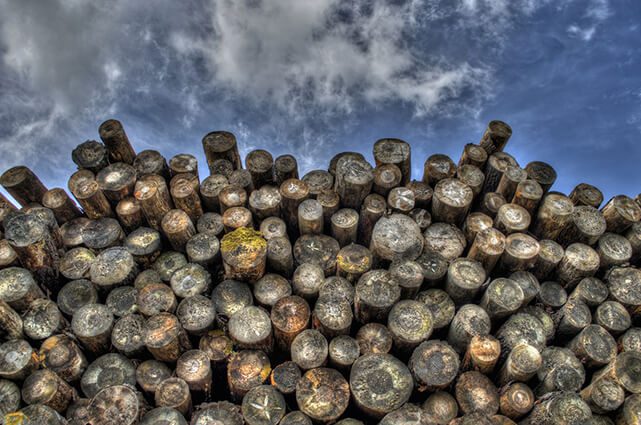Canadian government fails to spend green funds
A Natural Resources Canada spending report shows that Stephen Harper’s government let over $321 million lapse last year for environmentally responsible programs. Meanwhile, the government managed to spend more than $438 million on research, market development and government advertising for the oil and gas sector. Parliament had earmarked over $298 million for renewable energy development, alternative transportation fuels, energy efficiency and technology innovation, the Hill Times reported on Monday. Among other projects, the report shows that Natural Resources Canada failed to spend almost all of the $22 million that had been allotted for a satellite earth observation that would have provided data on “the baseline condition of lands, water and vegetation in Canada” with a focus on “the oil-sands region as well as other oil/gas regions, including the North.”
Chemicals leaking through the supply chain
Corporate Knights’ assistant editor Ashley Renders wrote yesterday about a new online tool that aims to benchmark reporting on toxic chemicals in the global supply chain for the first time. “[Corporations] talk about carbon, water and waste. But there has been no metric around chemicals because it’s a much more complex issue,” said Mark Rossi, co-director of Clean Production Action. The Chemical Footprint Project asks corporations to disclose their strategy for managing chemicals in their supply chains and gives them a score. It also provides recommendations for improvement and talking points for internal discussions around the topic. The hope is that companies will incorporate reporting on chemicals into their regular business practices so that they can more easily adapt to new regulations and consumer demands.
White House guides hospitals on climate change
The U.S. government released a set of guidelines on Monday aimed at helping hospitals mitigate and adapt to climate change. The report, written by the Department of Health and Human Services, addresses the increased risk of extreme weather and sea level rise, as well as other impacts that are considered risks to public health, USA Today reported. Included in the recommendations are using combined heat and power and fuel cells to reduce energy consumption. The report also proposes taking future climate change impacts into account before building new hospitals. Earlier this year, Corporate Knights looked at whether hospitals and health care professional are ready for the diseases and extreme weather that will accompany climate change.
New alliance promises market-based solutions to climate change
Two non-profits joined forces on Tuesday to start an “energy revolution that can unlock the greatest wealth-creating opportunity in modern history.” Together, the Rocky Mountain Institute (RMI) and Carbon War Room (CWR) aim to “leverage the agile power of markets to combat climate change, bolster economic prosperity and tackle other social and environmental issues created by the global dependence on fossil fuels.” In other words, they will use their collective power to speed up financing for low-carbon technologies. The Ten Island Challenge is their first joint project and aims to transition the Caribbean islands from a reliance on imported diesel to renewable energy sources. In the latest issue of Corporate Knights, Tyler Hamilton looked at the efforts of small islands to transition to renewable energy and found that economics is just as important as fighting rising sea levels.
Boeing to replace fossil fuels with renewable energy
Boeing announced on Tuesday that it will work toward an all-renewable energy mix at its factory in Washington State that assembles 737 commercial airplanes. The aerospace company has partnered with a utility, Puget Sound Energy, which currently uses 50 per cent hydro, wind and other renewables, and 50 per cent natural gas and coal. Boeing will pay a premium to buy wind power credits to make up for the 50 percent of fossil fuels in its energy mix, CBC reported today. “It will cost us a little more in the short term. We think the investment makes sense for the environment, our employees and the community,” Beverly Wyse, vice-president and general manager of the 737 program told CBC.
Canada’s wealth gap is worse than people think
The Broadbent Institute asked Canadians what they think about inequality in Canada and what the ideal wealth distribution would be. The study, released on Tuesday, found that Canadians vastly underestimate inequality in Canada and want a much more balanced distribution. The poll of 3,000 Canadians showed that the ideal wealth distribution would include 60 per cent of Canadians in the middle class, owning around 60 per cent of the country’s wealth. The poorest would make up 20 per cent of the population and would own 11.5 per cent of wealth. In reality, the poorest group of Canadian owns no wealth at all, while the richest owns over 67 per cent. These views held true across the political spectrum, including responses from Conservative voters.
Please click here to have our daily news roundup delivered directly to your inbox to each morning.






